“Worried about your child’s digestive health? Learn how pediatric endoscopy offers a safe, minimally invasive solution for accurate diagnosis and treatment.”
“Pediatric Endoscopy: A Parent’s Complete Guide”
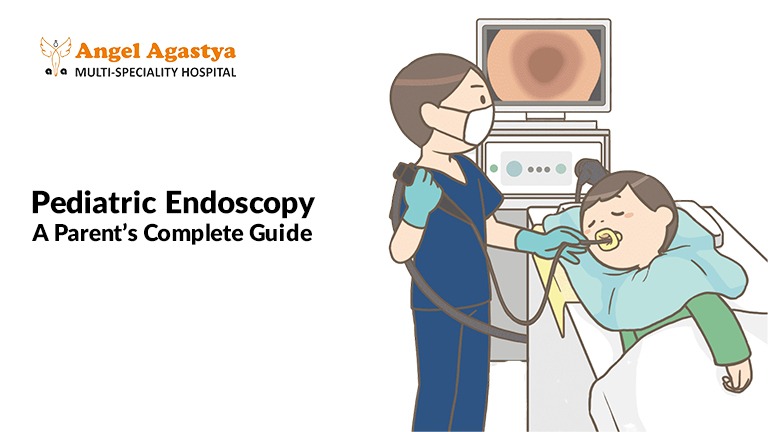
Introduction
A healthy digestive system is crucial for a child’s overall well-being and development. However, diagnosing and treating gastrointestinal (GI) issues in children often presents unique challenges due to their smaller anatomies, developing bodies, and limited ability to articulate symptoms. This is where Pediatric Endoscopy becomes invaluable. It is a minimally invasive procedure that enables doctors to visually examine the upper and lower digestive tracts of young patients, ensuring accurate diagnosis and treatment. Early detection and management of pediatric GI problems are essential to prevent complications and support healthy growth.
In this blog, we’ll explore what pediatric endoscopy entails, its benefits, common conditions it addresses, and special considerations for parents to help their children navigate the process successfully.
What is Pediatric Endoscopy?
Pediatric Endoscopy refers to a diagnostic and therapeutic procedure tailored to children, involving specialized equipment and techniques designed for smaller, delicate bodies. The procedure involves inserting a thin, flexible tube equipped with a camera and light source, called an endoscope, into the child’s digestive tract. Depending on the specific area being examined, the endoscope may be introduced through the mouth (upper endoscopy) or rectum (colonoscopy).
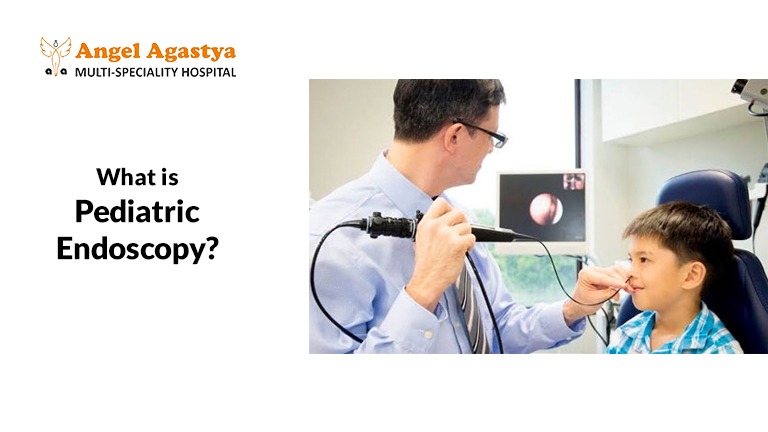
This minimally invasive technique allows doctors to visualize the digestive tract in real-time, detect abnormalities such as inflammation, ulcers, or blockages, and even perform certain treatments like biopsies or polyp removal without requiring open surgery.
Types of Pediatric Endoscopy
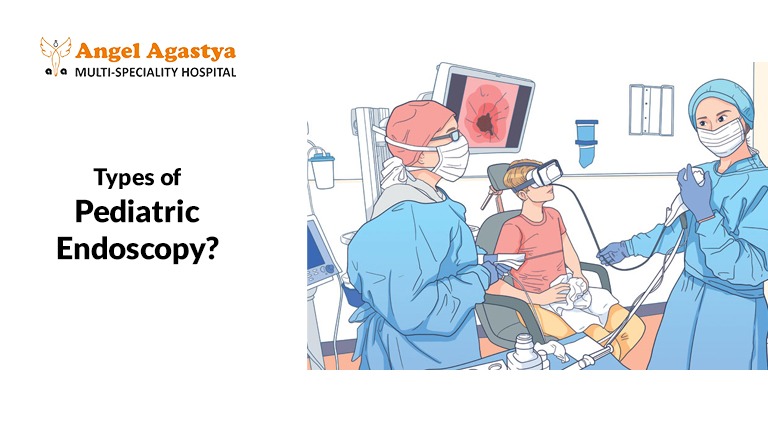
Pediatric endoscopy encompasses different procedures tailored to specific areas of the GI tract. The two most common types include:
- Upper Endoscopy (Esophagogastroduodenoscopy): This procedure is used to examine the esophagus, stomach, and the first part of the small intestine (duodenum). It helps diagnose conditions like gastroesophageal reflux disease (GERD), ulcers, or foreign body ingestion.
- Colonoscopy: This procedure involves the examination of the colon (large intestine) and rectum. It is often performed to investigate symptoms such as chronic diarrhea, rectal bleeding, or abdominal pain. Colonoscopy can also help diagnose inflammatory bowel disease (IBD) or remove polyps.
In certain cases, other specialized endoscopy procedures, like capsule endoscopy or endoscopic retrograde cholangiopancreatography (ERCP), may be recommended based on the child’s condition.
Benefits of Pediatric Endoscopy
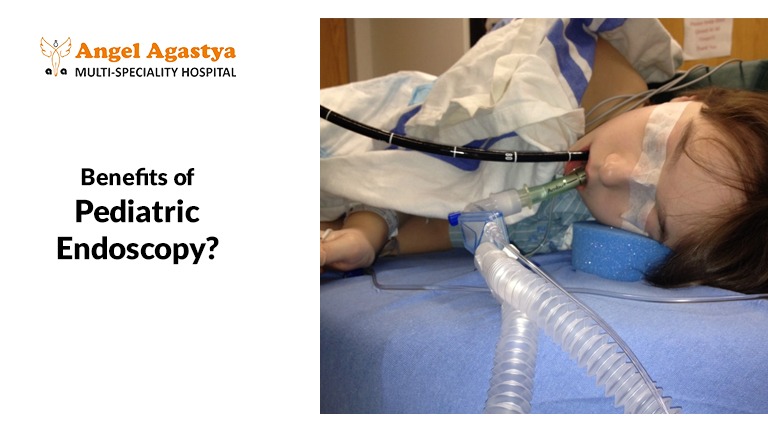
Pediatric Endoscopy offers several advantages, making it a preferred diagnostic and therapeutic tool in children. These benefits include:
- Minimally Invasive Approach: Pediatric endoscopy avoids large incisions and significantly reduces recovery time compared to traditional surgical methods.
- Accurate Diagnosis: The ability to directly visualize the digestive tract ensures a high degree of accuracy in diagnosing conditions like ulcers, inflammation, or structural abnormalities.
- Therapeutic Interventions: During an endoscopy, doctors can perform certain treatments, such as polyp removal, foreign object retrieval, or tissue biopsies, without requiring additional procedures.
- Early Detection: By identifying GI issues early, pediatric endoscopy allows for timely treatment, minimizing the risk of complications and promoting better health outcomes for young patients.
Preparing Your Child for Pediatric Endoscopy
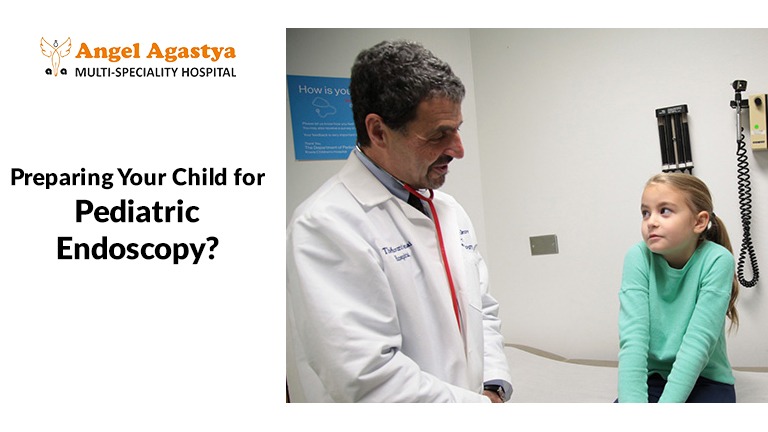
Preparation plays a key role in ensuring a smooth and successful Pediatric Endoscopy experience. Here are the steps parents can take:
- Pre-procedure Communication:
- Explain the procedure to your child in an age-appropriate manner. Use simple, reassuring language to address any anxieties they may have.
- Emphasize that the procedure will help them feel better and that doctors will ensure they are comfortable throughout the process.
- Dietary Restrictions:
- Your doctor will provide specific instructions regarding fasting before the procedure. For upper endoscopy, children are typically required to avoid food and drinks for several hours beforehand.
- Ensure your child follows these guidelines to minimize risks during the procedure.
- Medication Considerations:
- Inform the doctor about any medications your child is currently taking. Certain medications may need to be paused or adjusted prior to the procedure.
- Emotional Preparation:
- Bring along a favorite toy, book, or blanket to help comfort your child on the day of the procedure. Keeping them calm and relaxed can make a significant difference.
Sedation and Anesthesia in Pediatric Endoscopy
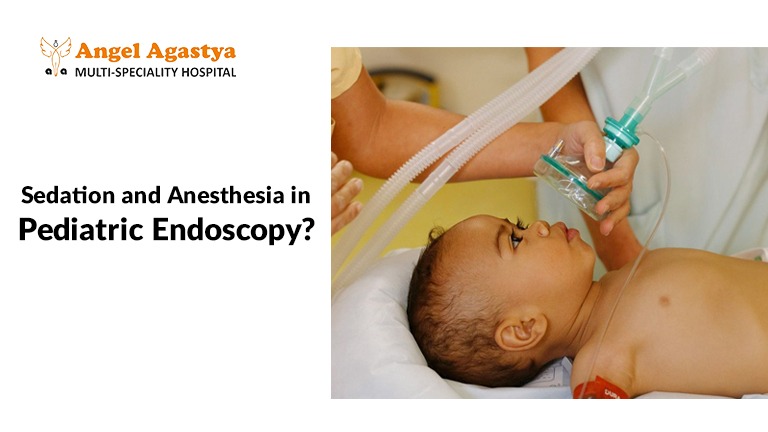
One of the key aspects of Pediatric Endoscopy is ensuring the child’s comfort and cooperation during the procedure. Most young patients require sedation or anesthesia. The type and level of sedation depend on factors such as the child’s age, anxiety level, and the complexity of the procedure.
- Sedation: Light to moderate sedation is often sufficient for older children, helping them remain calm and comfortable.
- General Anesthesia: For younger children or more complex cases, general anesthesia may be administered to ensure they are completely asleep and pain-free.
The medical team will closely monitor the child’s vital signs throughout the procedure to ensure safety and optimal care.
Common Pediatric Conditions Requiring Endoscopy
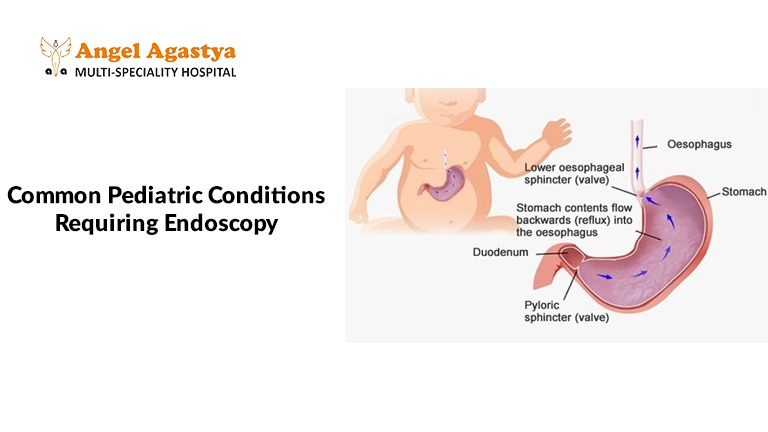
Pediatric Endoscopy is used to diagnose and manage a wide range of gastrointestinal conditions in children. Some of the most common include:
- Gastroesophageal Reflux Disease (GERD):
- Persistent symptoms like heartburn, regurgitation, or vomiting may indicate GERD. Endoscopy helps assess esophageal inflammation or damage caused by acid reflux.
- Esophageal Strictures:
- Narrowing or scarring of the esophagus can cause difficulty swallowing. Endoscopy allows for diagnosis and, in some cases, dilation of strictures to improve swallowing.
- Polyp Removal:
- Polyps are small growths in the digestive tract that may require removal and examination to determine if they are benign or cancerous.
- Foreign Body Ingestion:
- Children often swallow objects like coins or small toys. Endoscopy is a safe and effective method for retrieving foreign objects from the digestive tract.
- Inflammatory Bowel Disease (IBD):
- Conditions like Crohn’s disease and ulcerative colitis cause chronic inflammation in the digestive tract. Endoscopy helps diagnose and monitor the severity of these diseases.
Post-Procedure Care for Pediatric Endoscopy
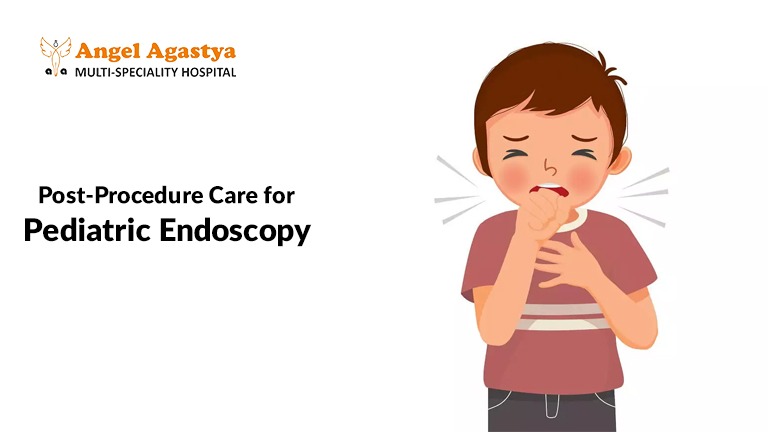
After the procedure, most children recover quickly with minimal discomfort. Parents should follow these post-procedure care guidelines:
- Immediate Recovery:
- Your child may experience mild symptoms like a sore throat, bloating, or drowsiness from the sedation. These symptoms typically resolve within a few hours.
- Pain Management:
- Over-the-counter pain relievers, as recommended by your doctor, can help alleviate any discomfort.
- Dietary Instructions:
- Depending on the procedure, your child may need to follow specific dietary guidelines, such as starting with clear liquids before gradually resuming a regular diet.
- Follow-up Appointments:
- Schedule a follow-up visit with the gastroenterologist to review the results of the endoscopy and discuss any necessary treatments or next steps.
- Monitoring for Complications:
- Although rare, complications such as bleeding, fever, or difficulty swallowing should be reported to your doctor immediately.
FAQs about Pediatric Endoscopy
- Is pediatric endoscopy painful?
- No, children are given sedation or anesthesia to ensure they are comfortable and pain-free during the procedure.
- How long does a pediatric endoscopy take?
- The duration varies but typically ranges from 20 to 60 minutes, depending on the type and complexity of the procedure.
- What are the risks of pediatric endoscopy?
- Risks are minimal but may include bleeding, infection, or perforation. These complications are rare when performed by experienced professionals.
- Can my child eat after the procedure?
- Your doctor will provide specific dietary instructions. Most children can resume eating within a few hours.
- When can my child return to school?
- Most children can return to their regular activities, including school, the following day. However, consult your doctor for specific advice.
- What should I do if my child experiences complications?
- Contact your doctor immediately if your child develops severe pain, fever, or persistent vomiting.
- What to expect after the procedure?
- Mild discomfort, like sore throat or bloating.
- Can my child go to school the next day?
- Usually, yes, but consult your doctor.
- When to call the doctor?
- For severe pain, bleeding, difficulty breathing, or persistent vomiting.
- Follow-up care?
- Regular follow-up appointments are important.
Conclusion
Pediatric Endoscopy is an invaluable tool in the diagnosis and treatment of gastrointestinal conditions in children. Its minimally invasive nature, combined with the ability to provide accurate diagnoses and perform therapeutic interventions, makes it an essential procedure in pediatric healthcare. By understanding the procedure and following the necessary preparations and aftercare, parents can ensure a smooth experience for their child.
If you have concerns about your child’s digestive health, consult a pediatric gastroenterologist to determine whether an endoscopy is the right course of action. Early diagnosis and treatment are vital to supporting your child’s growth and well-being.

